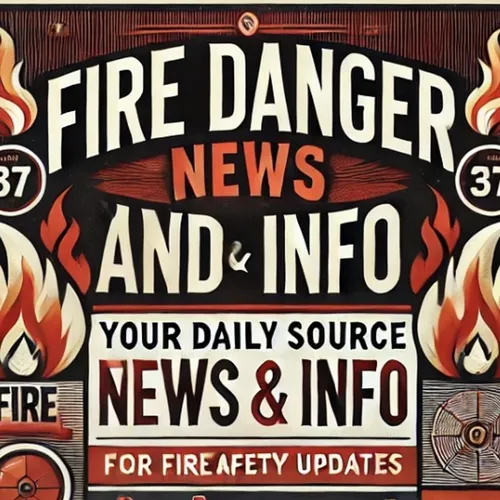Combating the Growing Threat of Wildfires: USGS's Cutting-Edge Research and Innovative Strategies
- Author
- Quiet. Please
- Published
- Wed 11 Dec 2024
- Episode Link
- https://www.spreaker.com/episode/combating-the-growing-threat-of-wildfires-usgs-s-cutting-edge-research-and-innovative-strategies--63276463
Wildfires are an increasingly urgent threat across the western United States, where climate change, prolonged droughts, and human activities have intensified their frequency and destructiveness. Understanding the science behind wildfires is essential for developing effective strategies to combat them. The United States Geological Survey (USGS) plays a pivotal role in advancing this understanding through their robust, cutting-edge research efforts.
USGS's Wildland Fire Science webpage provides a comprehensive look into the multifaceted approach the agency takes to understand and manage fire in the landscape. Their research covers a diverse array of topics including fire behavior modeling, ecological impacts, and technological innovations designed to aid in fire management. By exploring these topics, the USGS aims to arm land managers, policymakers, and emergency responders with the knowledge and tools needed for more effective wildfire prevention and mitigation.
A central component of USGS's fire science research is the study of fire behavior, which involves understanding how fires ignite, grow, and spread. This knowledge allows for the development of predictive models that can forecast fire movement and intensity under various conditions. By incorporating data on weather patterns, vegetation types, and topography, these models help fire managers to allocate resources efficiently and prioritize areas for evacuation or firebreaks.
Furthermore, USGS's research delves into the ecological aftermath of wildfires, providing valuable insights into the processes of recovery and regeneration. This includes studies on how fire-adapted ecosystems function, the resilience of flora and fauna, and the potential for invasive species to establish themselves in the wake of a fire. Such research is critical for shaping effective land management policies and ensuring that recovery efforts not only restore ecosystems but also enhance their resilience to future fires.
Technological innovation plays a significant role in the USGS's arsenal against wildfires. The agency employs advanced remote sensing technologies, such as satellite imagery and aerial surveys, to monitor vast tracts of land susceptible to fire. This technology enables the detection of changes in vegetation moisture, the accumulation of fuels, and the development of fire-prone conditions. Additionally, the integration of Geographic Information Systems (GIS) helps in mapping and assessing fire risk across different landscapes.
In addition to their research efforts, the USGS collaborates extensively with other federal agencies, local governments, and academic institutions. These partnerships foster the exchange of knowledge and technical expertise, expanding the reach and impact of fire science innovations. This collaborative framework ensures that critical data and findings are disseminated effectively, supporting informed decision-making at regional and national levels.
Ultimately, the work of the USGS in wildland fire science is making a tangible difference in how wildfires are understood and managed in the western U.S. By continuously advancing the scientific foundation necessary to address this complex challenge, they are contributing to more resilient landscapes and safer communities. For those interested in learning more about these vital efforts, visiting the USGS Wildland Fire Science webpage offers a window into the valuable contributions of USGS scientists and the innovative approaches they are developing to safeguard our natural and built environments from the ravages of wildfire.
